2026-01-05T10:00:00-08:00
* WHAT...Heavy snow expected. Total snow accumulations up to 5 feet. Winds gusting as high as 45 mph. * WHERE...A portion of central California. * WHEN...From 1 AM Saturday to 10 AM PST Monday. * IMPACTS...Roads, and especially bridges and overpasses, will likely become slick and hazardous. Travel could be very difficult to impossible. The hazardous conditions could impact the Monday morning commute. Gusty winds could bring down tree branches.
Summary
Gibbs stands tall as a prominent peak reaching an elevation of 12,773 feet (3,893 meters). This majestic mountain is known for its stunning size and commanding presence in the surrounding landscape. As one of the notable peaks in the region, Mt. Gibbs attracts mountaineers and outdoor enthusiasts seeking adventure and breathtaking views.
During the winter season, Mt. Gibbs experiences a substantial snowpack, creating a winter wonderland for ski mountaineers and snowshoers. The snowpack range varies each year, but typically accumulates several feet deep, providing excellent conditions for winter sports. The mountain's snowpack also contributes to the water supply of nearby creeks and rivers, such as the picturesque Dana Fork and Gibbs Creek. These waterways benefit from the runoff during the spring and summer months, adding to their flow and vitality.
The name of Mt. Gibbs holds historical significance, honoring the American geologist and naturalist, Oliver Wolcott Gibbs. His contributions to the field of mineralogy and his role in the geological survey of California in the mid-1800s led to the mountain's namesake. While no specific lore or legends are widely known about Mt. Gibbs, its imposing beauty and challenging terrain continue to captivate adventurers who explore its slopes.
Weather Forecast
Regional Streamflow Levels
3
Cubic Feet Per Second
22
Cubic Feet Per Second
5
Cubic Feet Per Second
187
Cubic Feet Per Second
Area Campgrounds
| Location | Reservations | Toilets |
|---|---|---|
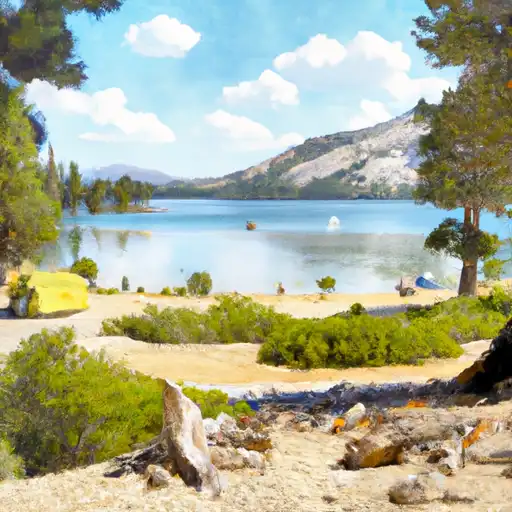 Tioga Lake
Tioga Lake
|
||
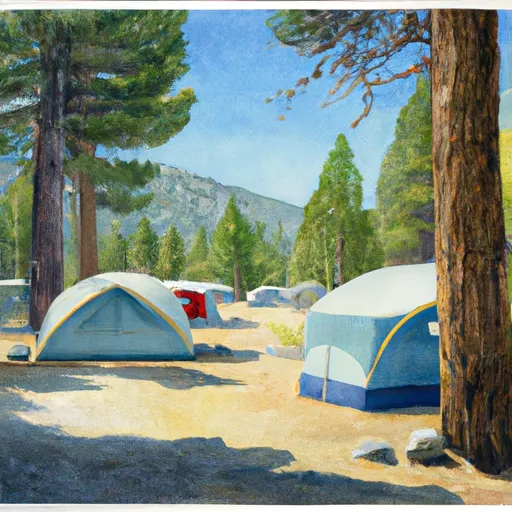 Tioga Lake Campground
Tioga Lake Campground
|
||
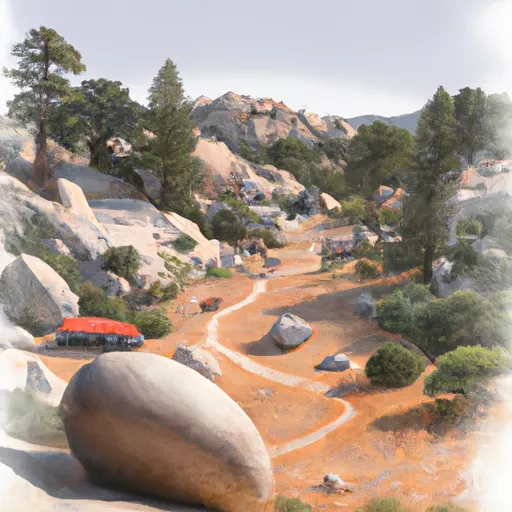 Boulder
Boulder
|
||
 Ellery
Ellery
|
||
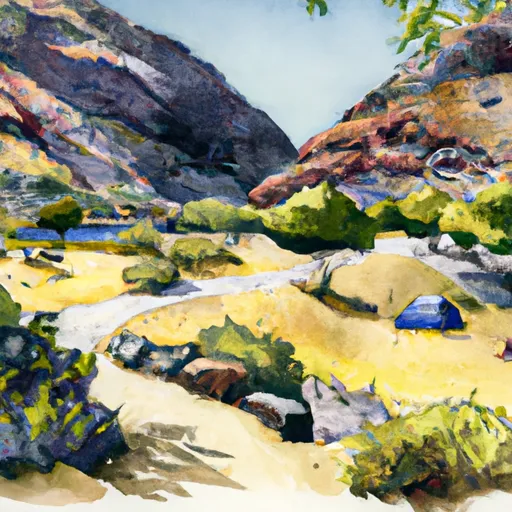 Ellery Lake Campground
Ellery Lake Campground
|
||
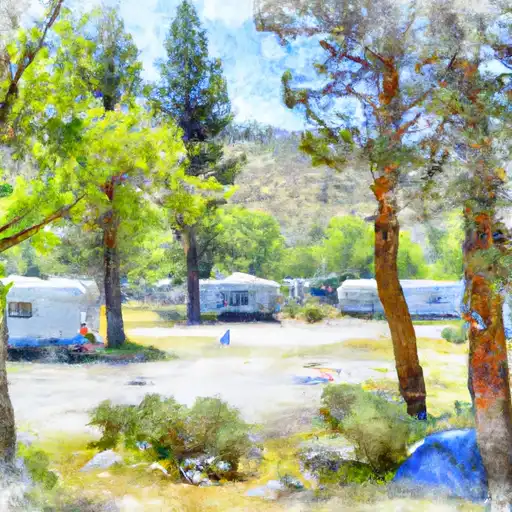 Lower Lee Vining
Lower Lee Vining
|

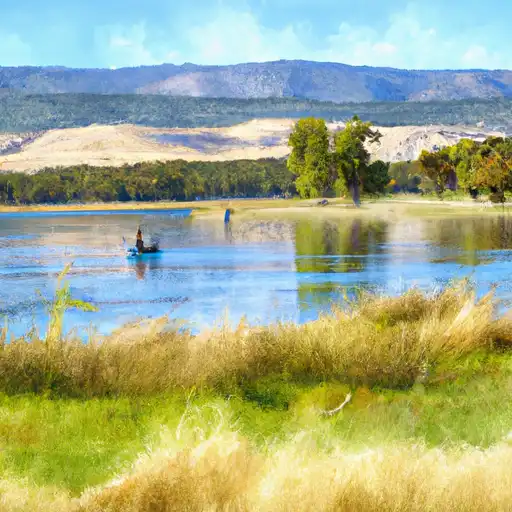 Finger Lake
Finger Lake
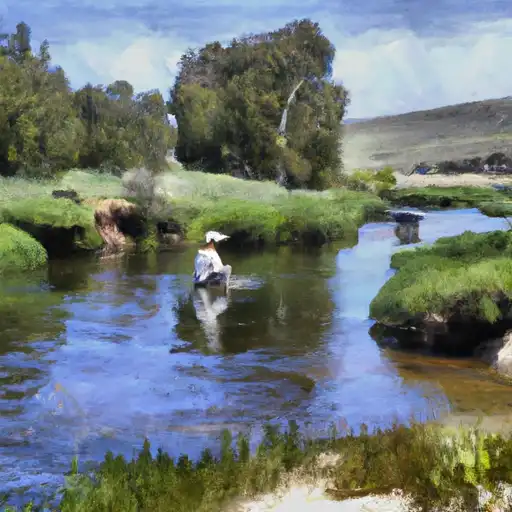 Rush Creek
Rush Creek
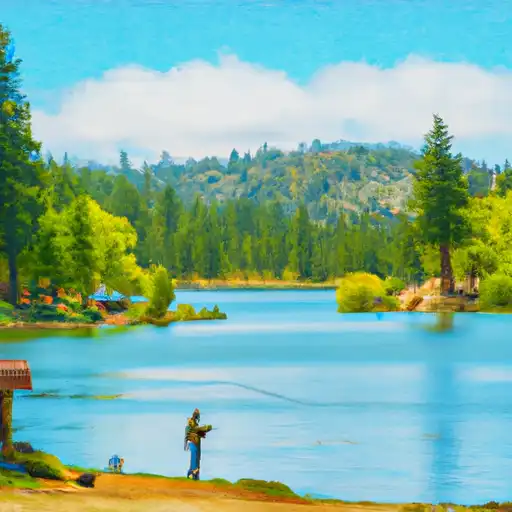 Alpine Lake
Alpine Lake
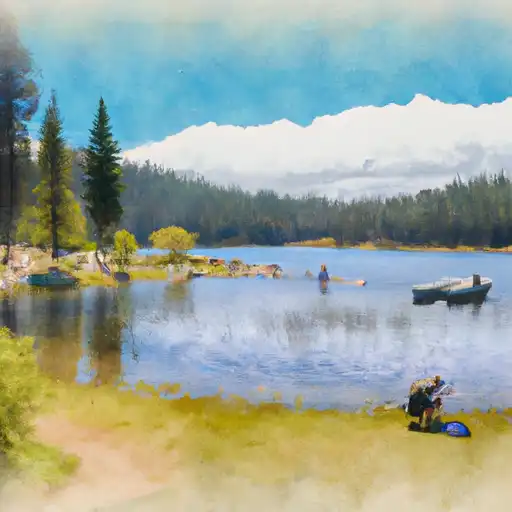 Evelyn Lake
Evelyn Lake
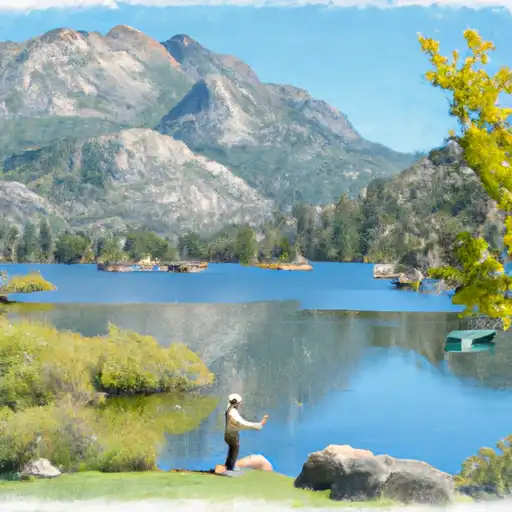 Silver Lake (June Lake)
Silver Lake (June Lake)